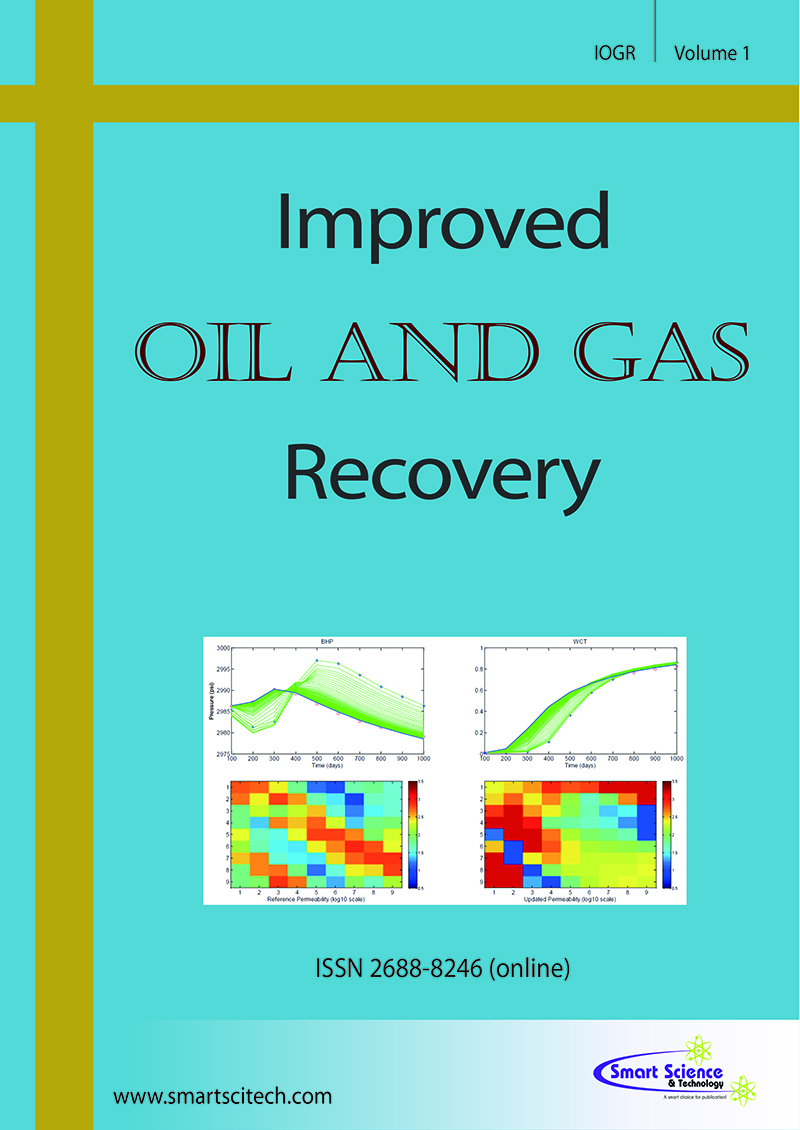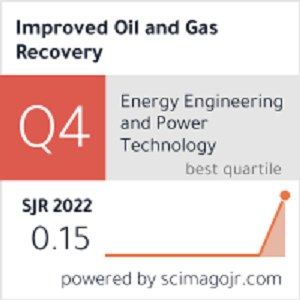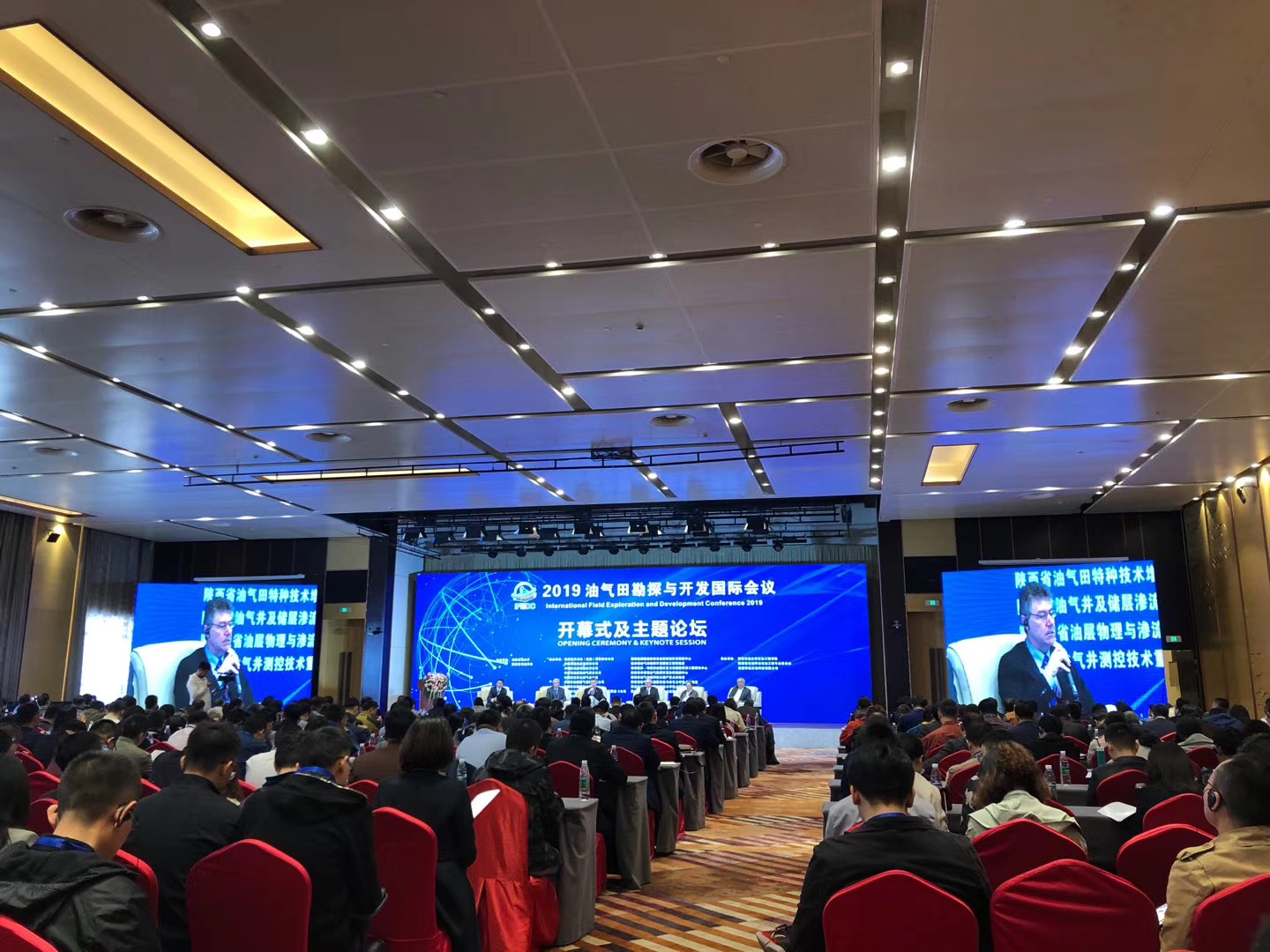Heavy Oil and VAPEX Process: A Brief Review
DOI: 10.14800/IOGR.1184
Abstract
Heavy oil recovery requires either heat or solvent assistance to reduce its high viscosity first and then the less viscous oil can be recovered. Processes that use vapor assisted petroleum extraction (VAPEX) utilize vaporized solvent. Solvent vapors are introduced through a top injection well to induce viscosity reduction and the less viscous oil is collected at the bottom production well. It is noteworthy, that the solvent itself when recovered, can be seen as an integral part of oil. Exact molecular weight and chemistry of heavy oil is uncertain making analysis of thermodynamic properties difficult, however this is overcome by making use of volume fractions of heavy oil and solvent used. It is possible to correlate all properties of heavy oil with or without solvent using the volume based approach. To understand transport properties of heavy oil, studies have focused on free volume theory which is also a volume based approacch. Diffusion of solvent in heavy oil is seen to be highly concentration dependent. Both thermodynamic and transport properties using volume fractions, are discussed first. The efforts at introducing these properties to simulate production, is then discussed. Also reviewed are work on sandpacks which show good agreement with the theory when properly correlated. On the whole, it is found that the present day effectiveness of VAPEX have some important shortcomings. We mention some suggestions for improvement from literature.
Downloads
Published
How to Cite
Issue
Section
License
Copyright (c) 2021 The Author(s)

This work is licensed under a Creative Commons Attribution 4.0 International License.












